Flying UAV Laboratory
Operational Details
Overview
System detectors typically respond in 1 to 2 seconds, except the gas detector, which takes about 4 seconds. All system components are capable of operation between -30°C and +60 °C. Specifications for the various subsystems are provided here, but custom detection suites are also possible.
Bioaerosol Detection Component
The bioaersol detector (see Figure 1) monitors environmental particulates and classifies them as being of either biological or non-biological origin. Upon detection of a sudden change in the level of biological particulates, it will activate the sample collector.
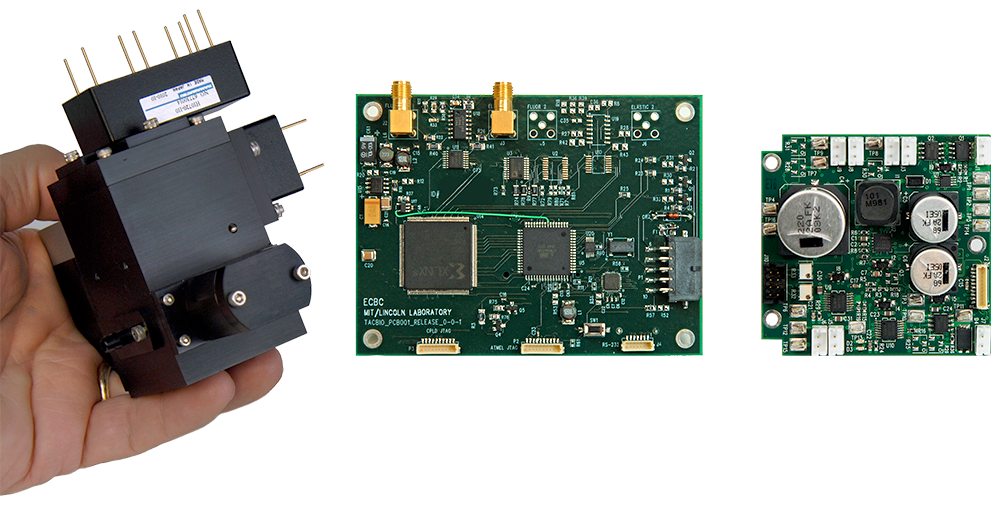
Sample Collection Component
The on-board air sampling circuit will collect a biological or radiological aerosol sample if the biological or radiological sensors detect unusual conditions. This sample is either collected onto a compact 44 mm diameter high-flow electret filter with a 50% collection point of 0.5 microns, or with a lower flow electret filter with 99+% efficiency at 0.3 microns. The latter is favored for radiological sampling.
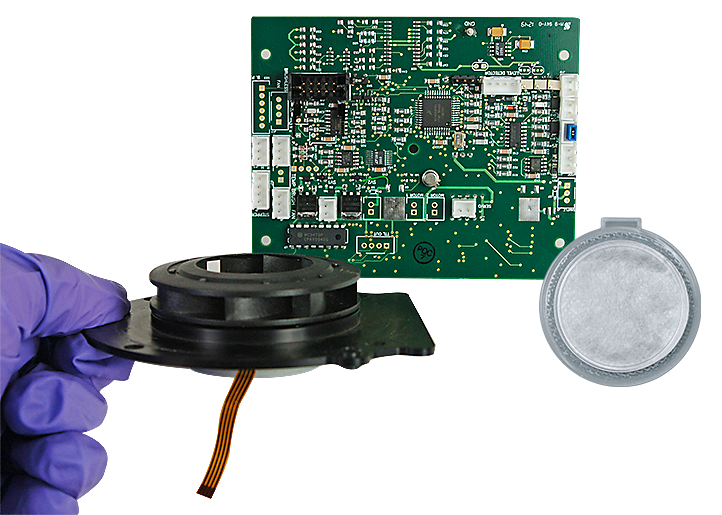
Radiation Detection Component
Radiation detection is done with a scintillation-type spectrometer and 2 Geiger tubes. One Geiger tube is for gamma monitoring of surroundings, second for detection of alpha, beta and gamma radiations emitted by aerosols captured on the electret sampling filters.
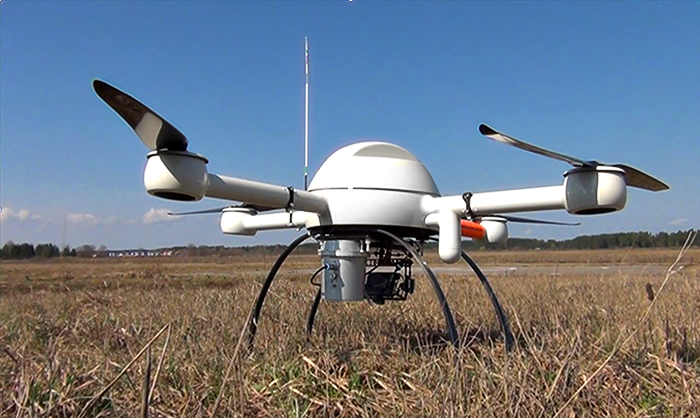
Thermal Camera
A video or continuously recording IR camera can also be provided in a gyroscopically stabilized gimbal mount. Camera video can be either streamed to a base station when within telemetry range, or stored onboard for later examination. A single-board computer is used to combine, analyze and store digital data created by the various CBRN sensors. Sensor data, along with GPS coordinates and time, is stored on a 32GB SD memory card for post-flight analysis.
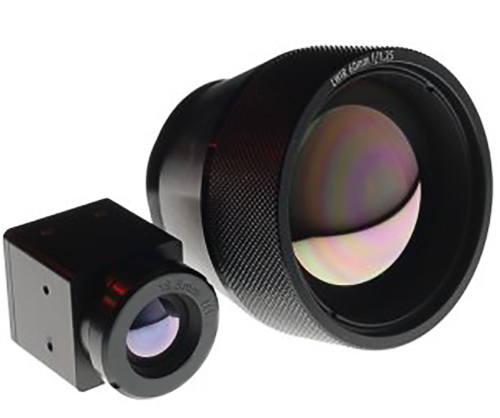
Gas Detector
The gas detector typically responds in about 4 seconds, which corresponds to less than +-45 meters uncertainty in position at cruising speed, or about +-26 meters at the lowest possible (stall) speed.

UAV Operation
The UAV can be operated in a "manual" control mode when within wireless telemetry range or can be programmed for fully autonomous operation to meet applications involving longer flight distances. Special electronics and software allows automated landing by unskilled personnel and the UAVs have state-of-the-art mufflers to reduce propulsion system noise. Air residence times can be up to 15 hours depending on atmospheric conditions and the payload.
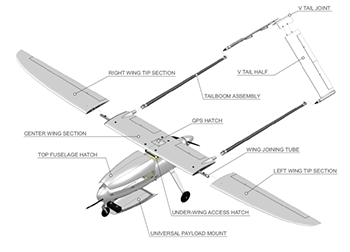
Visit the Flying UAV Lab product page


